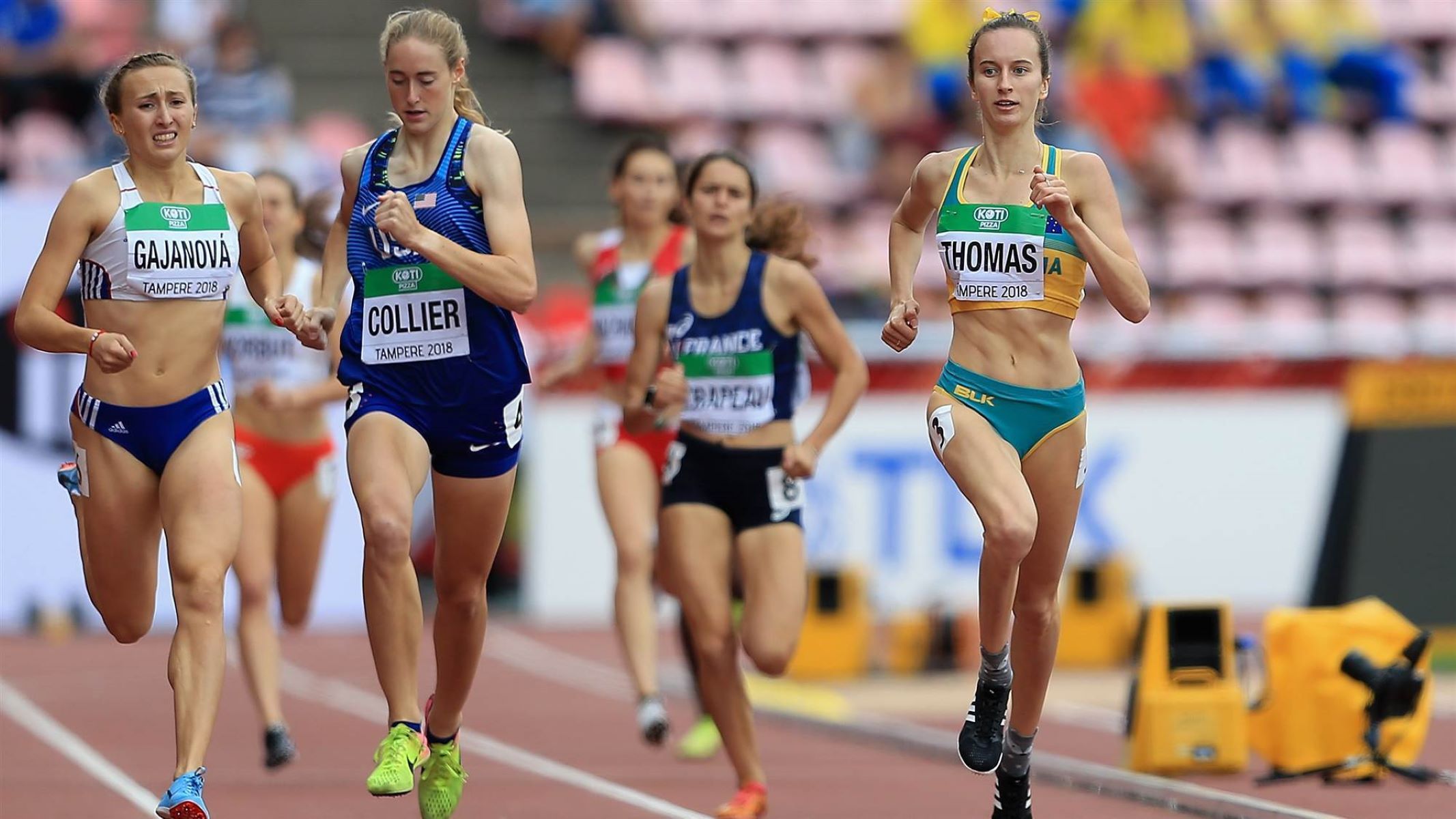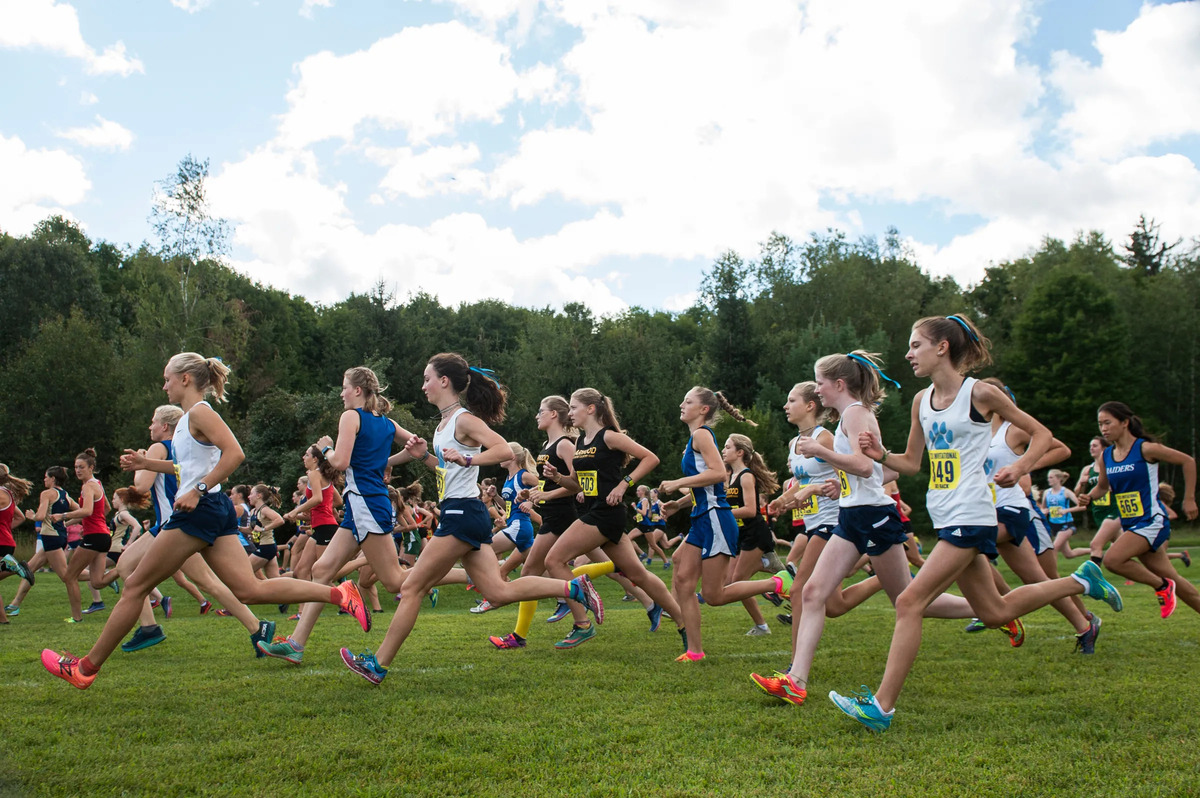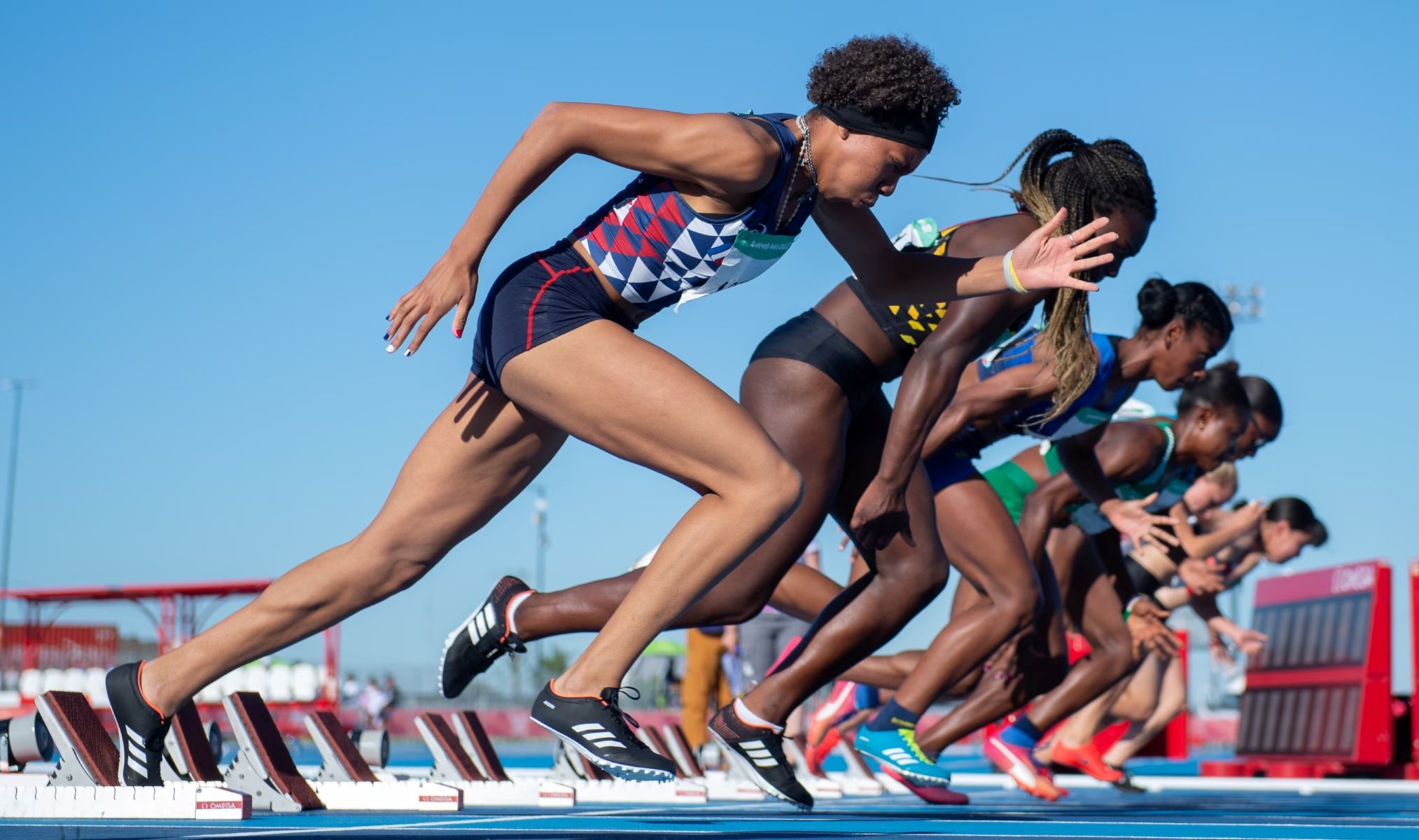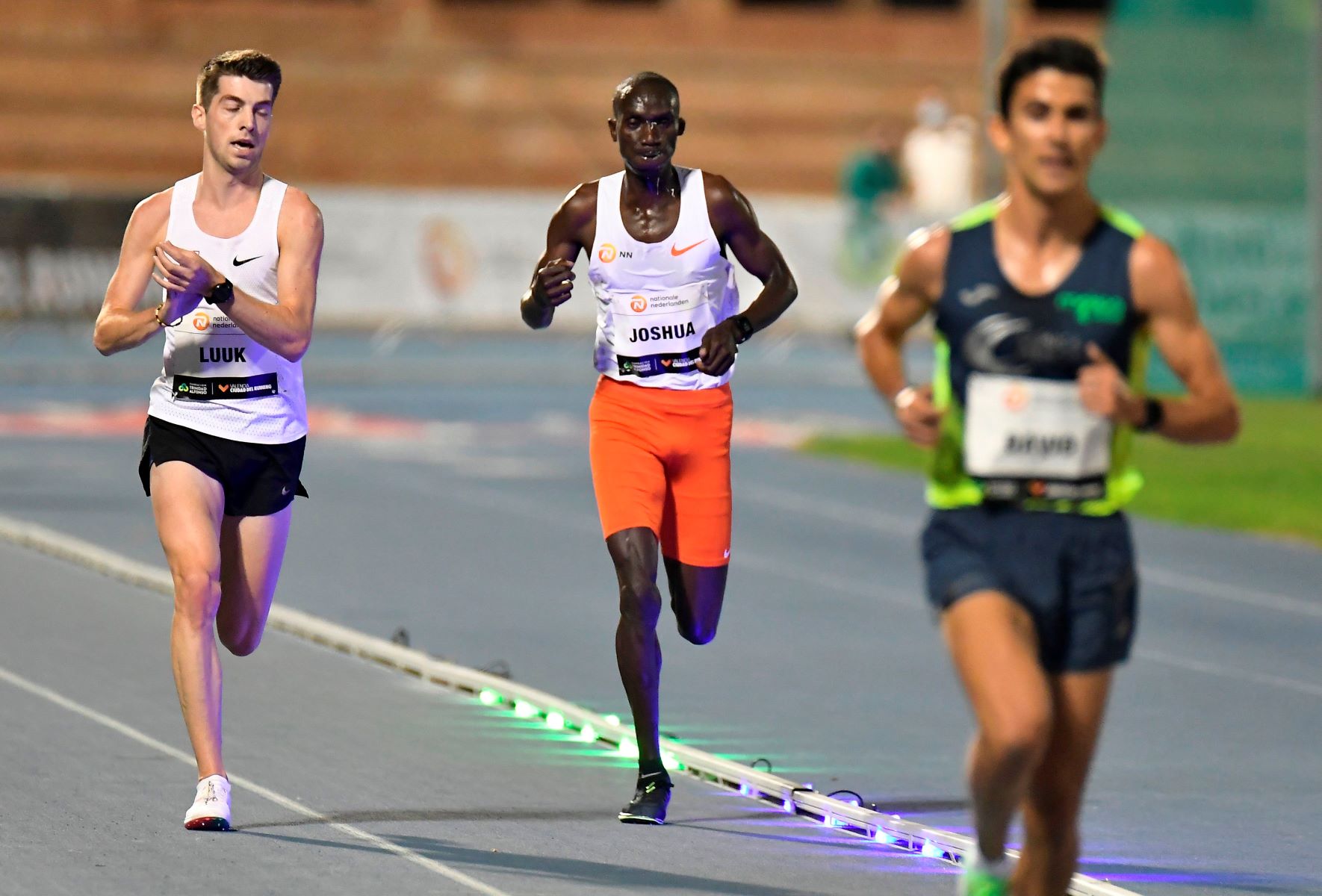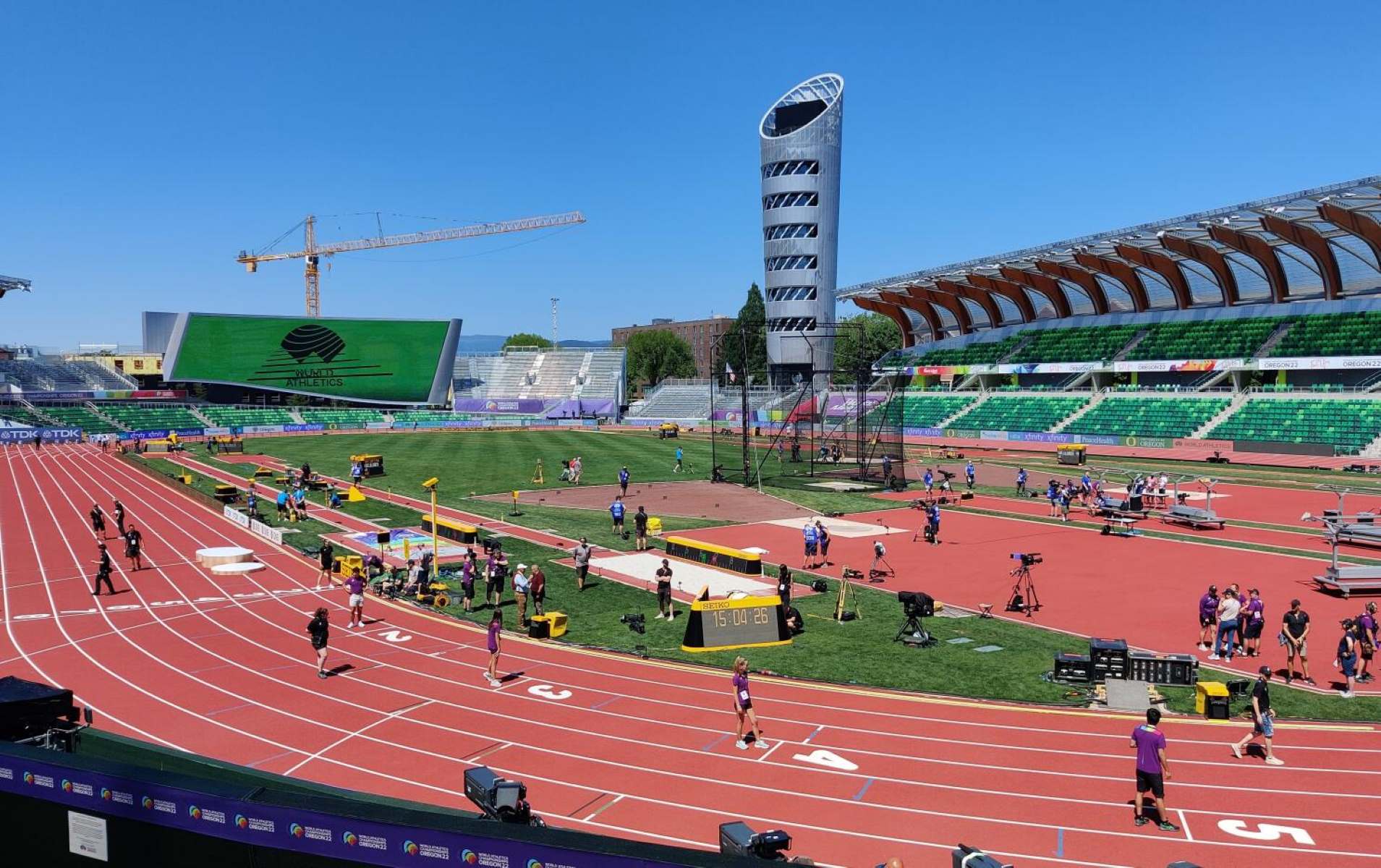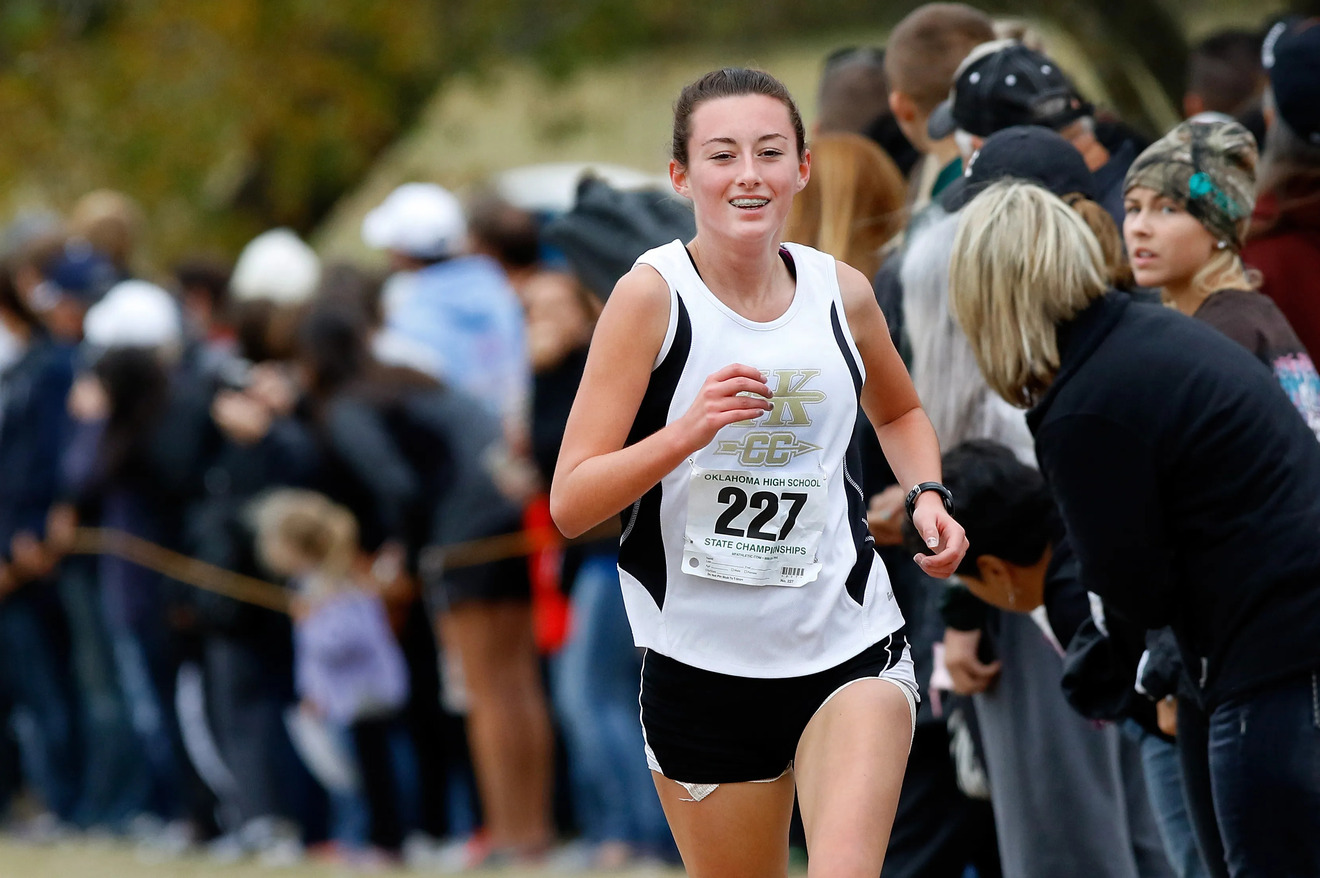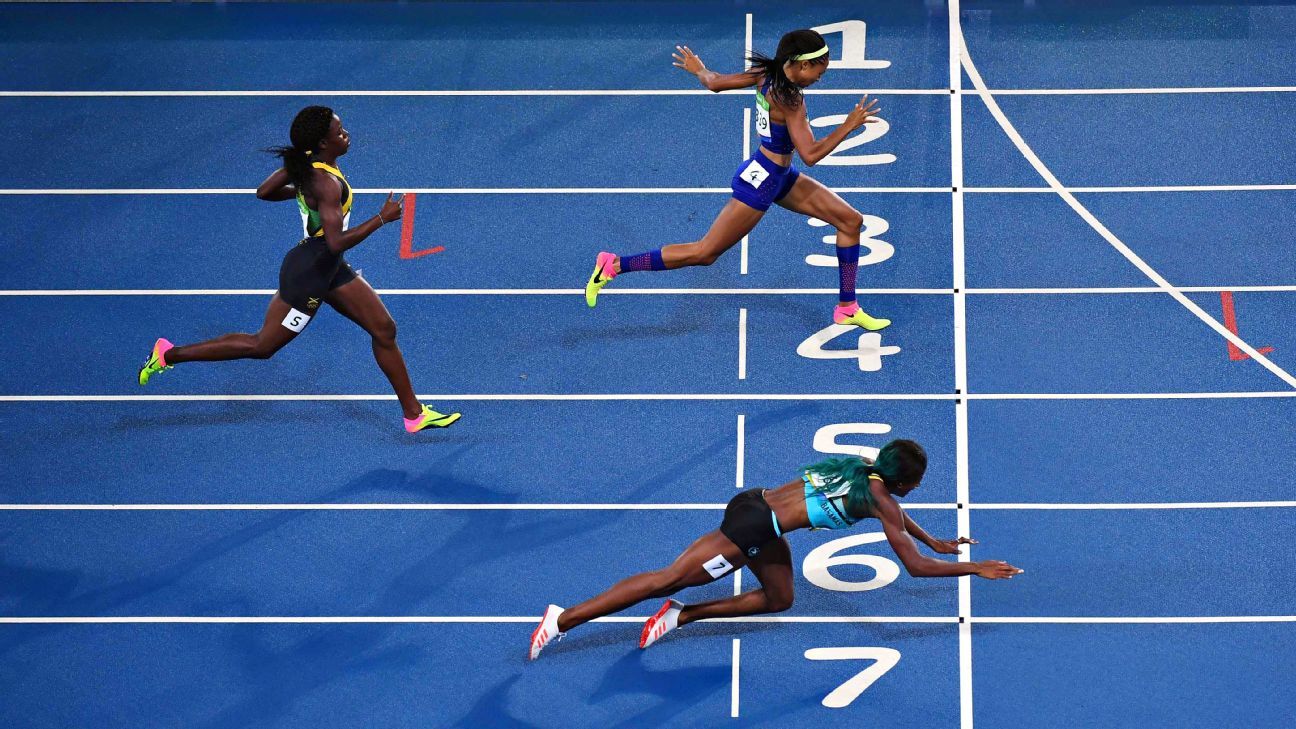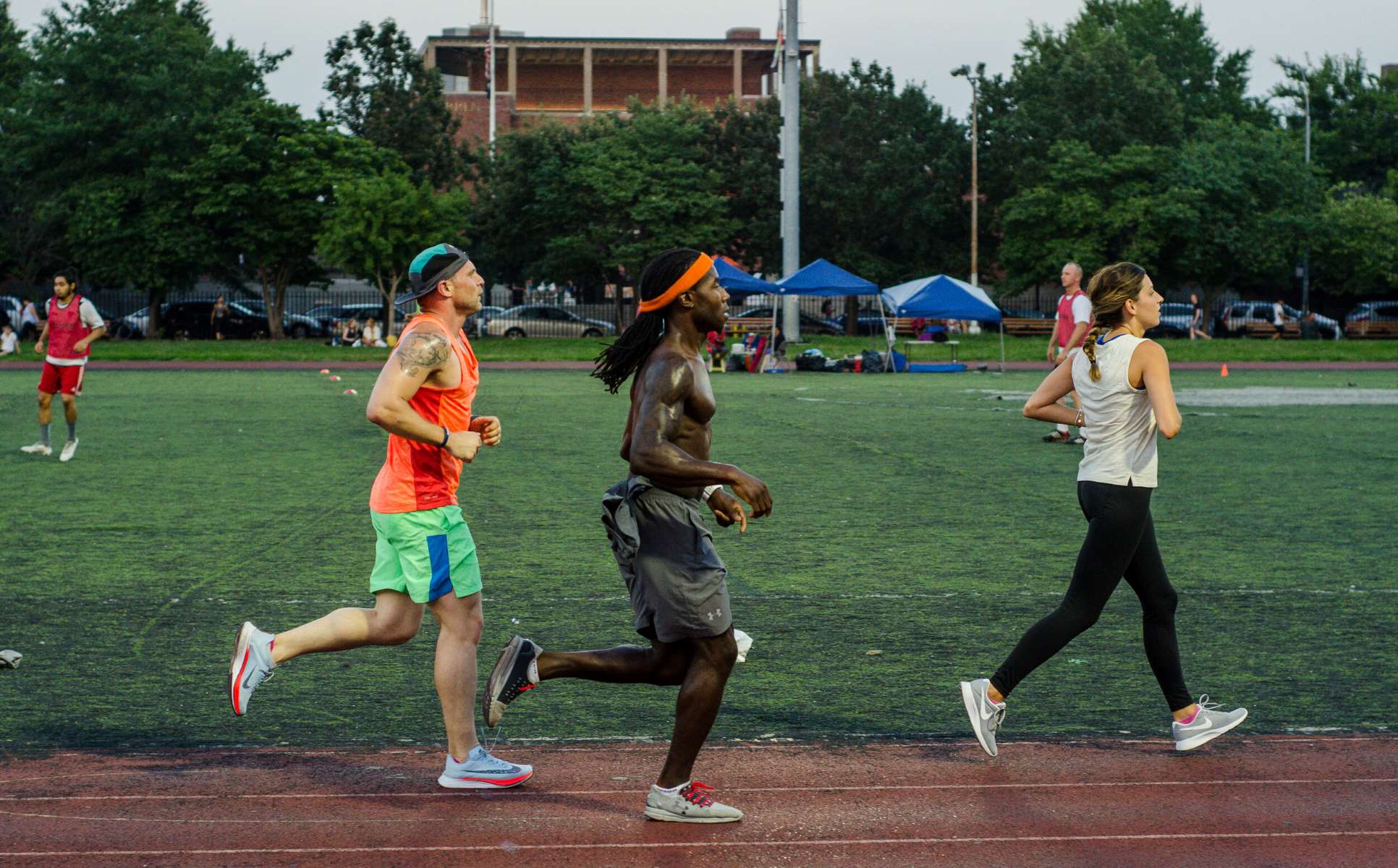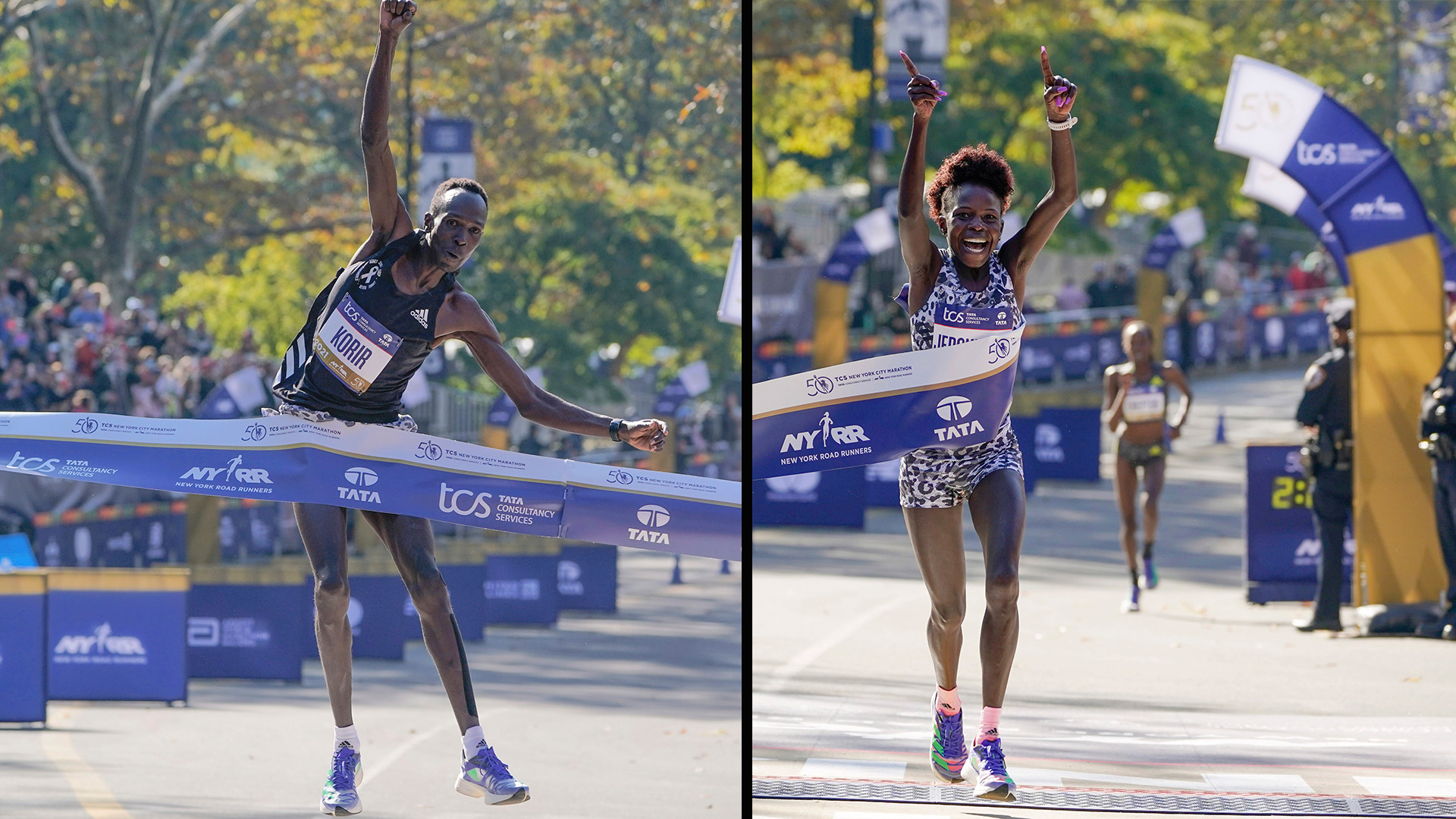Home>Misc>Featured>When Is A Starter’s Gun Used In Track And Field Events?
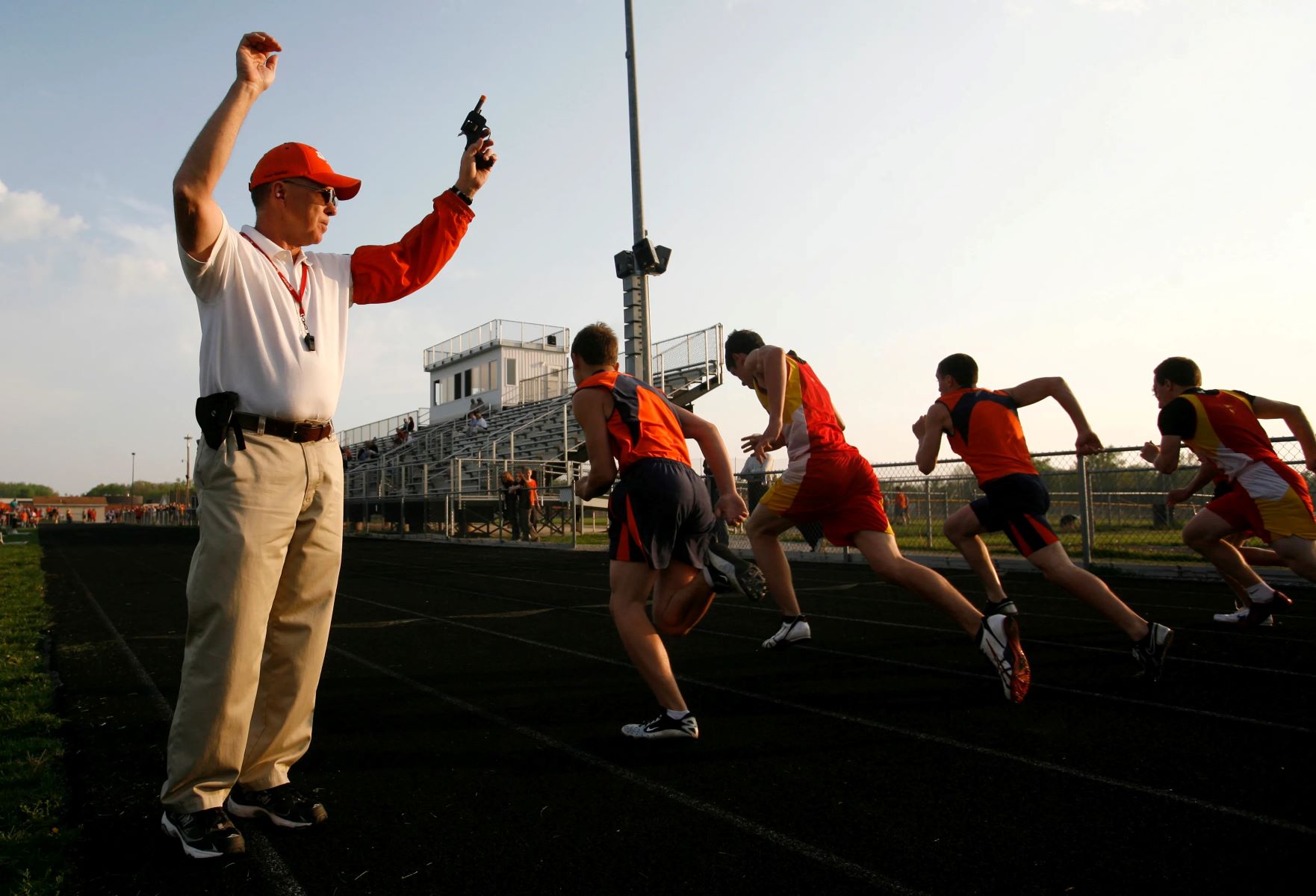

Featured
When Is A Starter’s Gun Used In Track And Field Events?
Published: September 6, 2023
Learn about the importance of the starter's gun in track and field events. Discover when it is used and how it affects athletes' performances.
Introduction
Track and field events are thrilling displays of human speed, agility, and strength. From sprinting on the track to hurdling over barriers and throwing objects through the air, these events captivate athletes and spectators alike. However, have you ever wondered how these races and competitions start? Enter the starter’s gun.
The starter’s gun is a key component of track and field events. It is used to signal the start of a race, igniting the adrenaline-fueled moments that follow. This perfectly calibrated instrument plays a crucial role in ensuring fair competition and precise timing.
In this article, we will explore the purpose of a starter’s gun, the different types of track and field events, and when the starter’s gun is used. We will delve into the specific start signals for different events and the implications of false starts. By the end of this article, you’ll have a firm understanding of the importance of the starter’s gun in the world of track and field.
Purpose of a Starter’s Gun
The purpose of a starter’s gun in track and field events is multi-fold. Its primary function is to provide a fair and equal start for all athletes in a race. Since races in track and field are often decided by fractions of a second, it is crucial to have a consistent and standardized method for starting each event.
The sound of the starter’s gun acts as a universal signal for athletes to begin their sprint or jump. It eliminates any potential advantage that an athlete may have by anticipating the start. By using a gun instead of a verbal command, all participants have the same auditory cue, ensuring fairness in the competition.
Moreover, the starter’s gun helps to maintain consistency in race timing. When the gun fires, it triggers the timing devices used to measure the athletes’ performances. This allows for accurate timing and comparison of results across different races and events.
Additionally, the loud and distinctive sound of the starter’s gun creates a sense of anticipation and excitement among the athletes and the audience. It adds to the overall spectacle of the track and field events and enhances the atmosphere of competition.
The starter’s gun also serves as a safety precaution. In some events, such as relay races, there are exchanges of batons between runners. The sound of the gun serves as a clear signal for athletes to safely pass the baton from one runner to another.
Overall, the purpose of a starter’s gun in track and field events is to provide a fair start, ensure consistent timing, create an atmosphere of excitement, and serve as a safety measure. It is an integral part of the sport, helping to set the stage for athletic prowess and achievement.
Types of Track and Field Events
Track and field events encompass a wide range of athletic disciplines, each with its own unique set of skills and challenges. Let’s take a look at some of the main types of track and field events:
- Sprinting: Sprinting events include the 100m, 200m, and 400m races. These events require athletes to cover the specified distance in the shortest possible time. The explosive speed and power displayed by sprinters make these races some of the most exhilarating to watch.
- Middle Distance Running: Middle distance races typically range from 800m to 1500m. Athletes in these events must strike a balance between speed and endurance, as they need to maintain a fast pace throughout the race.
- Long Distance Running: Long distance events, such as the 3000m, 5000m, and 10,000m races, challenge athletes’ stamina and mental fortitude. These races demand a combination of endurance, strategy, and pacing.
- Hurdles: Hurdles races are a combination of speed, agility, and technique. Athletes must clear a series of obstacles known as hurdles while maintaining their momentum and speed. The 110m and 400m hurdles are the most commonly contested events in this discipline.
- Relays: Relay races involve teams of four athletes who take turns running a specified distance. The most popular relay events include the 4x100m and 4x400m, where each runner must hand over a baton to the next team member within a designated zone.
- Jumping: Jumping events consist of the long jump, high jump, and triple jump. These events require athletes to achieve maximum distance or height using a combination of speed, power, and technique.
- Throwing: Throwing events, such as shot put, discus throw, javelin throw, and hammer throw, test athletes’ strength and technique. These events involve propelling an object as far as possible using specific throwing techniques.
These are just a few examples of the various track and field events that athletes compete in. Each event requires its own specific set of skills, training, and strategies. The diversity of these events adds to the spectacle and excitement of track and field competitions, showcasing the talents and abilities of athletes from around the world.
When the Starter’s Gun is Used
The starter’s gun is used in various track and field events to signal the start of the race or competition. The timing of when the gun is fired depends on the specific event and the rules outlined by the governing body of the sport.
In most sprinting events, such as the 100m and 200m races, the gun is fired when the athletes are in the starting blocks and ready to begin. Athletes crouch down in the starting position, waiting for the sound of the gun to initiate their explosive sprint.
For longer distance races, such as the 1500m or 5000m events, the start may not involve the use of a starter’s gun. Instead, a bell or a whistle may be used to signify the beginning of the race. This allows athletes to start from a standing position without the need for starting blocks.
Hurdles races also utilize the starter’s gun, but with a slight difference. In these events, the gun is fired to start the race, but subsequent gunshots or audible signals may be used to indicate when athletes should clear each hurdle. These additional gunshots help athletes synchronize their strides and maintain their rhythm throughout the race.
Relay races have their own specific rules and timing for the use of the starter’s gun. The lead-off runner in a relay race typically starts from a set position using the starter’s gun. Once the first runner completes their portion of the race, they must pass the baton to the next runner within a designated exchange zone. The firing of the gun or another designated signal is used to indicate when the exchange can occur.
In field events such as long jump, high jump, and throwing events, the starter’s gun may not be used to signal the start. Instead, athletes have a specific time period in which they must initiate their jump or throw. In these events, the starter’s gun is used more for television coverage and to maintain consistent timing across multiple events.
The use of the starter’s gun ensures a fair and consistent start across all track and field events. It provides athletes with a clear and uniform signal for when they can begin their efforts and adds to the drama and excitement of the competition.
Start Signals for Different Events
In track and field events, different start signals are used to initiate the various races and competitions. These signals are designed to ensure fair starts, maintain consistency across events, and optimize the performance of the athletes.
For sprinting events such as the 100m and 200m races, the start signal is typically the sound of the starter’s gun. Athletes crouch down in the starting blocks and wait for the gun to fire. The gunshot acts as the cue for them to explode out of the blocks and sprint towards the finish line.
In longer distance races like the 1500m or 5000m events, the start signal may be a bell or a whistle. This signal indicates to the athletes that the race has begun, and they can start running from a standing position without the use of starting blocks.
Hurdles races have a unique start signal. While the initial start is still signaled by the firing of the starter’s gun, subsequent gunshots or audible signals are used to indicate the timing of when athletes should clear each hurdle. These additional signals help athletes maintain their rhythm and synchronize their strides throughout the race.
Relay races have their own specific start signals for each leg of the race. The lead-off runner begins with the sound of the starter’s gun. After completing their portion of the race, they must pass the baton to the next runner within a designated exchange zone. This exchange is typically indicated by the firing of the gun or another designated audio signal.
In field events, such as the long jump, high jump, and throwing events, start signals are not commonly used. Athletes have a specific time period in which they must initiate their jump or throw, but there is no specific sound or visual signal given at the exact start. However, the starter’s gun may still be fired at the beginning of each attempt to maintain consistent timing across multiple athletes and events.
These start signals play a crucial role in ensuring fair and consistent starts across different track and field events. They provide athletes with clear and unified cues for when to begin their performances, contributing to a level playing field and enhancing the overall spectacle of the sport.
False Starts and Restarting Races
In track and field events, false starts occur when an athlete moves or reacts before the starter’s gun is fired, resulting in an unfair advantage. To maintain fair competition, rules are in place to penalize athletes who false start and to ensure races are restarted when necessary.
The most common rule used in track and field events is the “one false start” rule. Under this rule, if any athlete false starts, the entire field is warned. However, if a second false start occurs by any athlete after the initial warning, the guilty athlete is disqualified, and the race is restarted without them.
False starts can be costly, as they not only lead to disqualification but also disrupt the rhythm and concentration of the remaining athletes. Athletes must carefully balance their readiness and anticipation to avoid false starts while still reacting quickly to the starter’s gun.
In some cases, technical advancements have been introduced to minimize false starts. One such example is the use of electronic starting systems, where sensors detect any movement before the start signal and can trigger an automatic false start detection. This helps reduce human error and ensure a fair start for all athletes.
There are circumstances where a race might need to be restarted besides false starts. Inclement weather, equipment failure, or interference from external factors are common reasons for a race to be restarted. In such cases, officials have the authority to call for a race to be restarted to maintain fairness and ensure the safety of the athletes.
Restarting a race can be challenging as athletes have already expended energy and may experience mental and physical fatigue. However, it is necessary to maintain the integrity of the competition and provide equal opportunities for all participants.
Additionally, in relay races, if the baton exchange is not completed successfully within the designated exchange zone, teams are allowed to restart the race to ensure fair competition. This ensures that all teams have an equal chance to showcase their skills and teamwork.
Overall, false starts and the process of restarting races are integral parts of track and field events. These measures are in place to maintain fairness, uphold the rules of the sport, and provide athletes with an equal opportunity to showcase their talent and achieve their best performances.
Conclusion
The starter’s gun holds immense significance in the world of track and field events. It serves as the universal signal to start races, igniting the spirit of competition and pushing athletes to showcase their speed, agility, and strength.
Throughout this article, we have explored the purpose of a starter’s gun, which is to provide a fair and equal start for all athletes, ensure consistent timing, create an atmosphere of excitement, and serve as a safety measure. The sound of the gun acts as the catalyst that propels athletes into action and marks the beginning of their quest for victory.
We have also discussed the different types of track and field events, including sprinting, middle and long distance running, hurdles, relays, jumping, and throwing. Each event requires unique skills and strategies, and the start signals vary accordingly, but the role of the starter’s gun remains consistent – to initiate the competition in the fairest and most consistent manner possible.
We have also touched upon the implications of false starts and the process of restarting races. False starts can lead to disqualification and disrupt the dynamics of a race, while restarting races is necessary in cases of technical issues or external interference. These measures ensure fair competition and provide equal opportunities for all athletes.
In conclusion, the starter’s gun symbolizes the beginning of not just a race, but a journey towards excellence for track and field athletes. Its sound resonates with anticipation, excitement, and the pursuit of personal and sporting achievements. From sprints to hurdles, relays to jumps, the starter’s gun sets the stage for the extraordinary display of human athletic prowess that makes track and field events so captivating to both participants and spectators alike.
